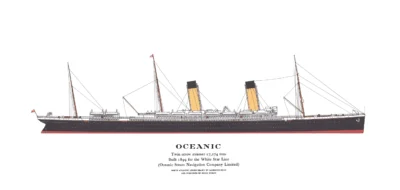HMS Captain, 1787
£0.00
Captain: third-rate ship of the line; The ship where Nelson first made his name (scroll down for a more detailed Description)
SOLD OUT NO MORE STOCK
Published 1968 by © Hugh Evelyn Limited; drawn by Scottish marine artist John Gardner (1930-2010)
Size: c. 44 x 35 cm [17″ x 14″] (may vary slightly from printers’ cut 50 years ago)
Printed on high white matt cardstock 144 g/sm2.
Print is LARGE size – shipping is the same for 1 to 10 prints (based on largest print size in your order) – see Shipping & Returns.
Out of stock
Description
Captain:
Full rigged Canada-class third-rate ship of the line;
Built: Robert Batson & Co, Limehouse, London, UK;
Laid: 1784. Launched: 1787;
1,639 Tons; Leingth: 170′ (52 m); Beam: 46′ 9″ (14.3); Hold Depth: 20′ 6″ (6.2 m);
Armament: 74 Guns: 28 x 32 lb (14.5 kg); 28 x 18 (8.2 kg); 18 x 9 lb (4.1 kg);
Launched at Limehouse (London) in 1787, Captain was with the Mediterranean fleet in Toulon helping French Royalists against Revolutionary troops in 1793 when Napoleon made his name in an action driving the Royalists and the fleet out. This soon led to Admiral John Jervis transferring Captain Horatio Nelson from Agamemnon to Captain. In 1796 Nelson led a combined Navy and Army force to attack the privateer base at Capraja Island in the Adriatic, who immediately surrendered. In 1787 Nelson re-joined Admiral Jervis’ fleet off Cape St Vincent off the South West tip of Portugal just in time to participate in the Battle of Cape St Vincent at which both Jervis and Nelson were to make their names. Nelson did so by being late and seeing a large part of the Spanish fleet about to escape, decided not to follow the Admiral’s orders but broke out of the line and wore straight at the much larger vessels resulting in the capture of two of them whilst Captain herself became the most damaged vessel in the fleet being in the thick of the action against much larger vessels for longer than any other vessel. Nelson was knighted and Jervis made Earl St. Vincent. Captain survived several more actions under successive captains in both the French Revolutionary War and the American War of 1812 before being retired to lie in Plymouth Harbour where she caught fire in 1813 and was completely destroyed.
Additional information
| Weight | 0.0223 kg |
|---|---|
| Dimensions | 44 × 35.5 cm |




